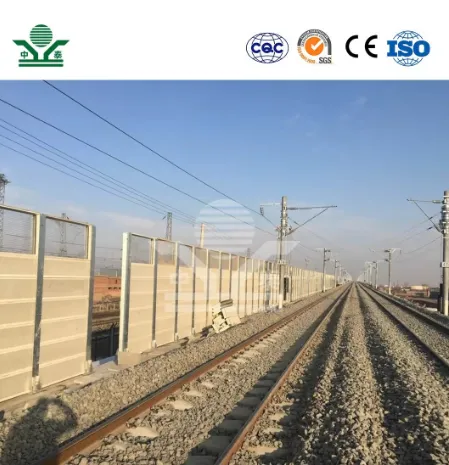Exploring Perforated Sheet Metal Patterns Versatility and Applications
Perforated sheet metal has emerged as an essential component in various industries due to its unique combination of functionality and aesthetic appeal. Comprising a thin sheet of metal, perforated materials feature a series of holes drilled or stamped into them, creating versatile patterns that serve multiple purposes. From architectural design to industrial applications, the possibilities of using perforated sheet metal patterns are virtually limitless.
Characteristics of Perforated Sheet Metal
The primary advantage of perforated sheet metal lies in its ability to combine durability with lightweight properties. Typically made from materials like stainless steel, aluminum, or mild steel, these sheets can withstand significant stress while maintaining a low profile. The sizes and shapes of the holes, as well as the spacing between them, can be customized, allowing designers to select a pattern that fits their specific needs. This customization is one of the major draws for architects and engineers, as they can create tailored solutions for individual projects.
Aesthetic and Functional Uses
One of the most appealing aspects of perforated sheet metal is its dual functionality. Aesthetically, it can enhance the visual appeal of structures and interiors. For instance, architects often use perforated sheets as façade elements that provide privacy while allowing light and airflow. This artistic use of patterns can lead to striking designs that elevate the overall look of buildings.
Functionally, perforated sheets can serve various roles, including sound absorption, filtration, and ventilation. In industrial settings, these sheets are commonly employed in machinery guards and frames, ensuring safety while facilitating visibility. In environments that require air movement, such as HVAC systems, perforated metal can effectively filter out dust and particulates while allowing necessary airflow.
Applications in Various Industries
perforated sheet metal patterns

The versatility of perforated sheet metal extends across multiple industries
1. Architecture and Construction In modern architecture, perforated sheets are utilized in facades, sunshades, and balustrades. Their ability to reduce solar heat gain while providing visual interest makes them a popular choice for eco-friendly building designs.
2. Automotive Industry Perforated metals are often used in automotive parts for aesthetic embellishment and functional applications, such as in dashboards or speaker covers.
3. Manufacturing and Filtration Manufacturers apply perforated metal sheets in filtration systems, where the specific hole pattern can be designed to accommodate varying sizes of particulates, making the filtration process efficient and effective.
4. Retail Displays In the retail sector, perforated sheet metal is employed in display stands and signage. The patterns can be adapted to represent brand identities while allowing for optimal product visibility.
5. Furniture Design Designers incorporate perforated sheets into furniture to enhance durability without adding weight. They are often used in tables, chairs, and shelves, blending functionality with modern aesthetics.
Conclusion
Perforated sheet metal patterns offer a remarkable balance of visual appeal and practical functionality, making them invaluable across numerous applications. Their customization options pave the way for innovative designs that cater to specific needs, while their durability ensures long-lasting performance. As industries continue to explore new ways to harness the potential of perforated materials, we can expect to see even more creative and impactful uses in the future. Whether in architecture, manufacturing, or interior design, the versatility of perforated sheet metal is undeniable, solidifying its status as a critical material in contemporary design and engineering.
-
Why Galvanized Trench Cover Steel Grating Resists Corrosion
NewsJul.10,2025
-
The Versatility and Strength of Stainless Expanded Metal Mesh
NewsJul.10,2025
-
Load Calculations in Steel Grating Platforms
NewsJul.10,2025
-
Keeping Pets and Kids Safe with Chicken Wire Deck Railing
NewsJul.10,2025
-
Hole Diameter and Pitch for Round Perforated Metal Sheets
NewsJul.10,2025
-
Aluminium Diamond Mesh in Modern Architecture
NewsJul.10,2025
Subscribe now!
Stay up to date with the latest on Fry Steeland industry news.

